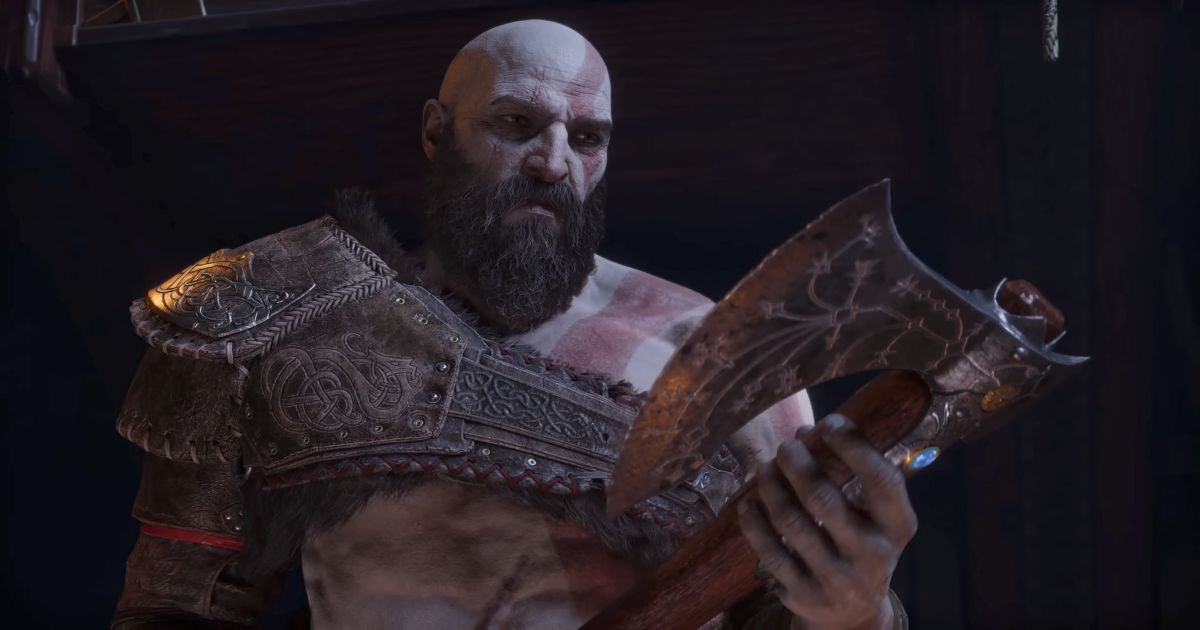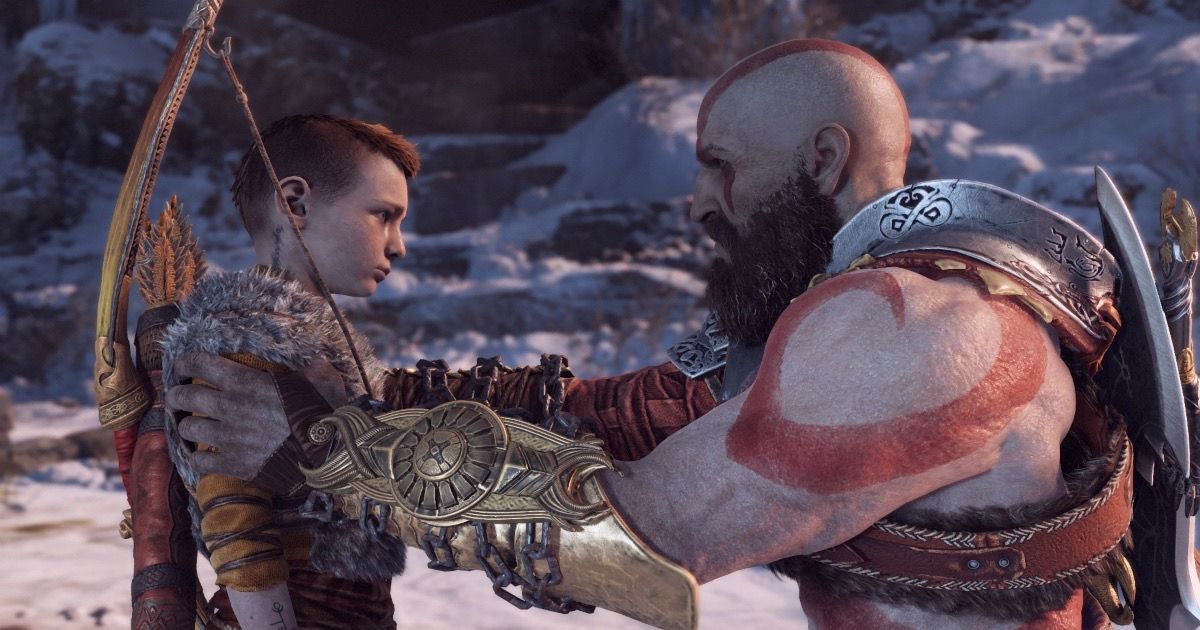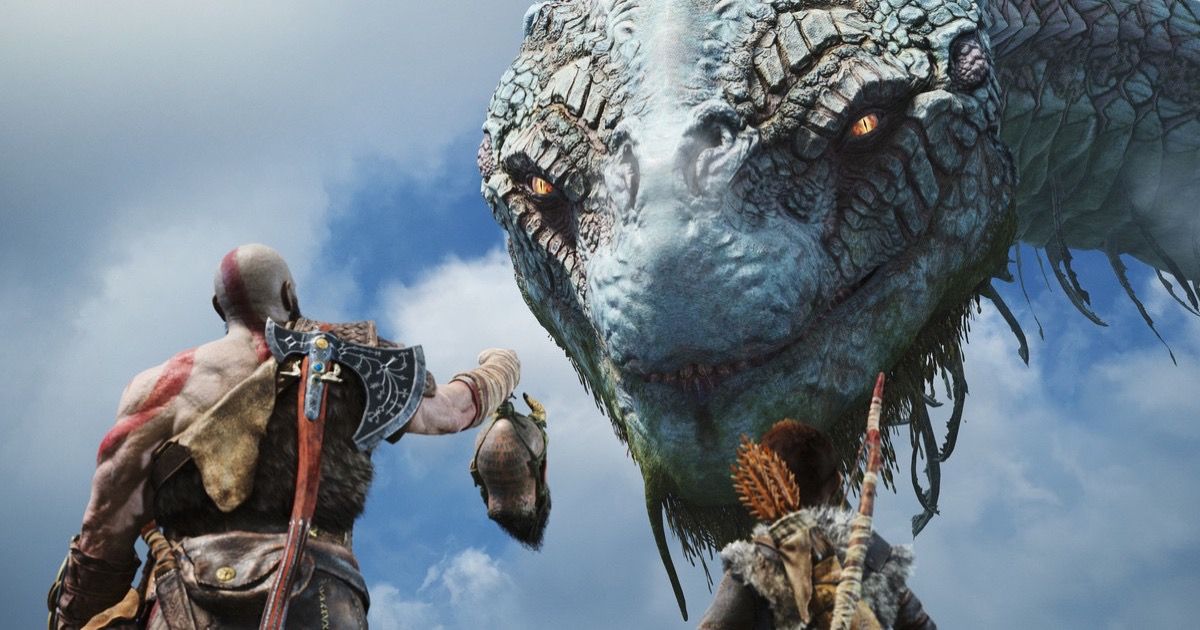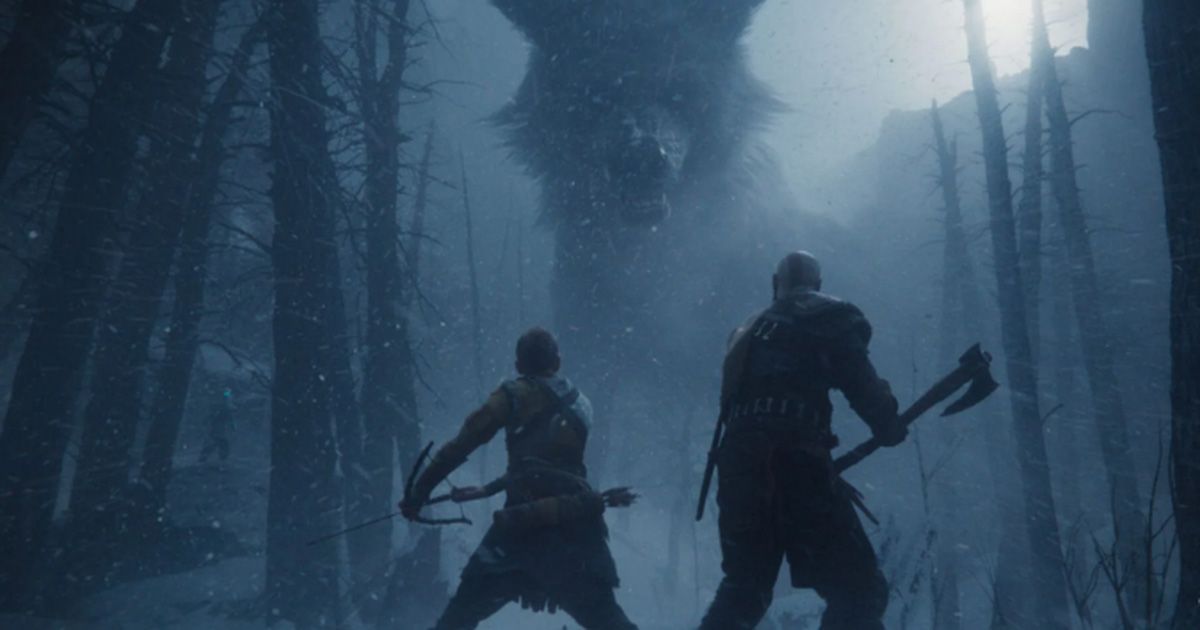Created and Developed by Santa Monica Studios, God of War is one of Sony Entertainment Interactive’s most successful and longest-running video game series. Each game follows Kratos, a Spartan warrior who once pledged allegiance to Ares, the Greek god of war, before setting off on his own bloody path of vengeance through mythology. While there has been demand to adapt the series to the screen for years, it was only recently announced that Amazon would be producing a GOW television series, starting its story with the fourth game in the series that was released in 2018. This fourth installment, which carried the rebooted title God of War, picked up decades after the original trilogy of games, with an older Kratos now living through Norse mythology, and joined by a son, Atreus.
While Sony and Amazon should begin their God of War series with the Norse Saga, it should not be a television show. Instead, the game would be better suited as a feature film, to both be closer to the intent of the original game, and to better position itself as a hopeful start to a new franchise.
A Singular Quest
God of War (2018) opens up with a quietness that immediately serves as a contrast to the loud, operatic title screens of previous games. Kratos stands before a tree, grieving. He chops down and carries the tree over to a pyre, where he then cremates the body of his wife. Atreus, aged around ten to twelve, is not comforted by his father, as the two are practically strangers. The two then begin a quest, to travel to the highest point in all of the Norse world’s nine realms, and spread the ashes. The game, then, concludes when the ashes have been spread.
While the story does take twists and turns, it never shies too far from Kratos and Atreus’ main goal of reaching the highest peak. This is reinforced by Kratos’ own characterization. Once full of vengeance and anger, this Kratos is stoic, quiet, and only driven to act by outside aggression. While a player has the ability to push Kratos onto the next fight and into more exciting territory, a viewer can only watch how things play out, and Kratos’ reluctance has a chance of slowing down the momentum of a longform TV series.
Whereas the plot pushes the characters forward, the story is a singular tale of a father and son. The relationship between Kratos and Atreus is the heart of God of War (2018), and is an ever-changing dynamic that reflects the path of redemption that Kratos is on.
God of War Fans Want Dave Bautista as Kratos
Maintaing the Visual Style
God of War (2018) not only differentiates itself with a more serious, thoughtful tone; it also reinvented its visual aesthetic. The game made waves for its one-take camera approach, presenting the entire story as a singular, uncut experience. While this approach to camera movement is more easily achievable in video games, since the camera itself is rigged to move almost in the same way the characters movie, achieving a one-take style is much more time-intensive in TV and Film. Not only is it difficult, but it forces viewers to experience every second happening in “real time” to the characters. Sam Mendes, the director of the one-take-style war film 1917, admits, “It’s challenging to keep it from becoming repetitive.”
Not only would a multi-episode format be in danger of becoming repetitive with its presentation, the idea of a singular visual viewpoint immediately shatters with the ending of an episode. For it to feel like one path, one quest, it has to be one singular runtime as well. 2022’s FX Show The Bear recognized this constraint, and only chose to shoot only one of its eight episodes as a “oner”.
Another difficult aspect of God of War to maintain across a series is its setting, which can be described as Medieval Fantasy. Amazon's latest attempt to recreate a Medieval Fantasy setting in The Rings of Power onscreen led Amazon to produce the most expensive television show in history, even when utilizing real-world locations. While starting off in the realm of Midgard (Earth), Kratos and Atreus eventually travel across all nine realms, from the fiery pits of Muspelheim to the frozen tundra of Hel. These are not locations they return to, either, negating any benefit to having lasting sets for a television production.
A Saga in the Making
While God of War (2018) is not the beginning of the series, it isn’t the end either. Released in 2022, God of War Ragnarök acts as a direct sequel to 2018’s installment, following through on the Norse Saga and Kratos’ redemption arc. While Ragnarök is a single game, its length (near 50 hours) can be likened to two separate installments of a larger story. There is even a clear midpoint that is a strong enough moment to be considered a cliffhanger. If approached in this way, God of War could fit nicely into a trilogy of films. The scale of God of War (2018) fits perfectly within the runtime of a feature film, whereas the story of Ragnarök demands to be longer.
God of War is ready for an onscreen adaptation from Amazon and Playstation Productions, but it cannot be done with the wide-spread carelessness of a chaos blade. It requires singular intention, dedicated craft, and follow-through, all of which are more easily achieved in feature film than television.




